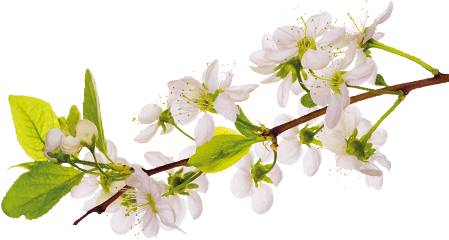Apr 23., 2019 / Uncategorized
The 8 Limbs Of Yoga Explained
The modern practice of yoga is far more than just physical exercise. Most people understand yoga as a dynamic movement class, complete with straps, mats and yoga pants — however, this is only 1/8 of the overall practice. Modern day yoga is based on Ashtanga yoga, which in Sanskrit literally means ‘Eight Limbs.’ These eight steps act as a guideline on how to live a life of meaning and purpose. The physical asana only makes 1/8 of the overall practice. Learning at the beginning of the eight-fold path are the five Yamas; moral, societal and ethical guides to a conscious lifestyle.

1. Ahimsa (Non-Violence)
Ahimsa is the practice of non-violence towards ourselves or others, not only in action but also in our thoughts and feelings. We often create violence in judgement towards ourselves, through criticism, anger or irritation. How often have you mentally beat yourself up over something you said or did, replaying the event over in your head multiple times? Ahimsa is about recognizing these thoughts. Once we let go of judgement on ourselves, we are less likely to judge others. Becoming aware of this allows us to replace critical thoughts with kindness and acceptance.
2. Satya (Truthfulness)
Satya encourages us to live and speak our truths. By living in our own truth, it becomes easier to see the reality around us. The path of truth is a difficult one to walk, especially as we also have to follow Ahimsa, making sure that speaking the truth does not harm ourselves or those around us.
3. Asteya (Non-Stealing)
Not stealing may seem easy enough, but we can also apply Asteya to not hoarding, or not taking what is not freely given, in action or mind. This Yama is about acknowledging the abundance of the world around us and that happiness will not come to us through holding on to what we already have.
4. Brahmacharya (Discipline)
This Yama basically states, if we use our energy wisely, we can live a more fulfilling life. It encourages us to detach ourselves from addiction and excess. In doing so, we gain greater control over our energy. Brahmacharya also reminds us to live in moderation, allowing us to save our energy which can then be put towards a higher purpose.
5. Aparigraha (Being free from desire)
Aparigraha tells us that material objects cannot actually be possessed at all, as they, like everything in nature, are in a constant state of change – and will eventually perish. When we become greedy, we lose the ability to be open to receive. When we are jealous of others, we are in a state of discontentment and not practicing Ahimsa.

The Yamas teach us how to best conserve and use our energy, through practicing kindness and contentment. They act as the foundation upon which the rest of our yoga training can grow. The Yamas are like putting on workout clothes, which aren’t the exercise itself, but they are a step in the right direction. When we are conscious of our thoughts, feelings, and actions, we can start to live a more peaceful and wholesome existence. Practicing the Yamas will improve our relationship with ourselves and others, helping us to progress further along the yogic path.


















LEAVE A REPLY